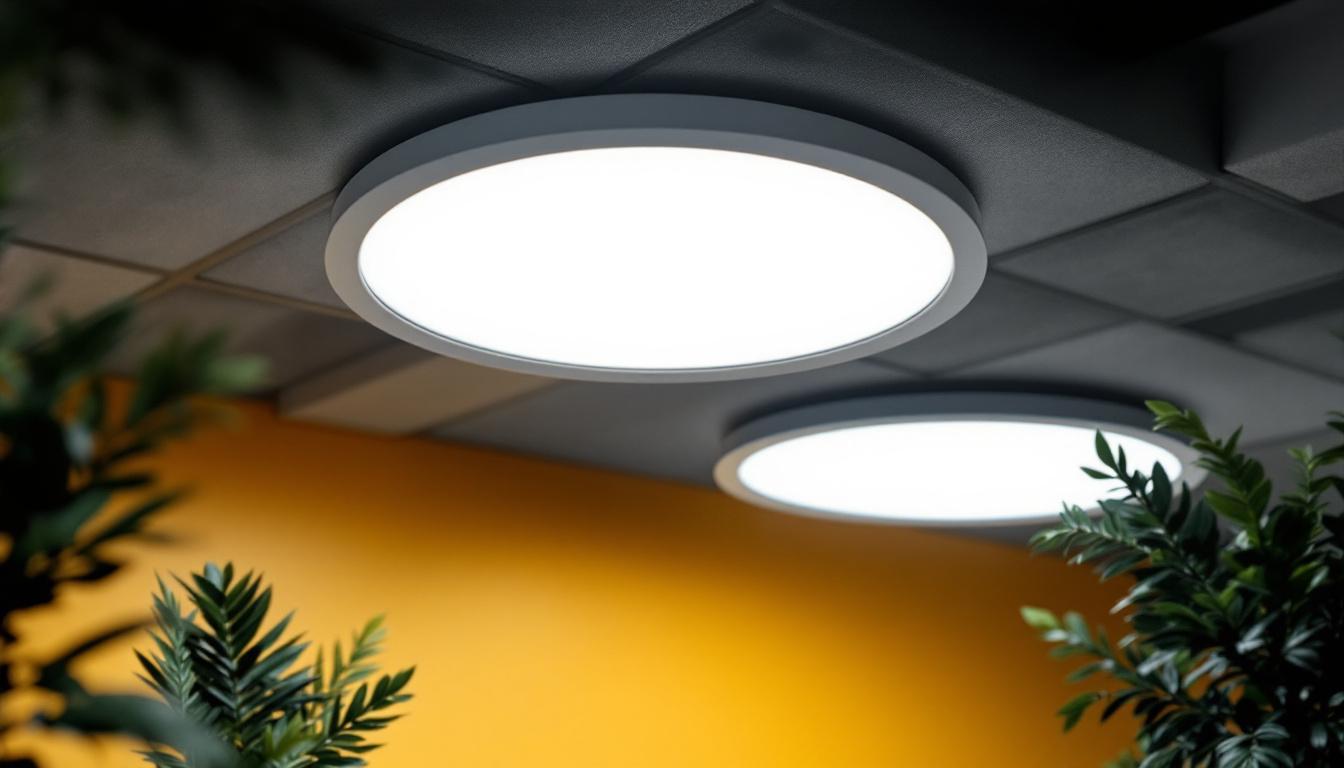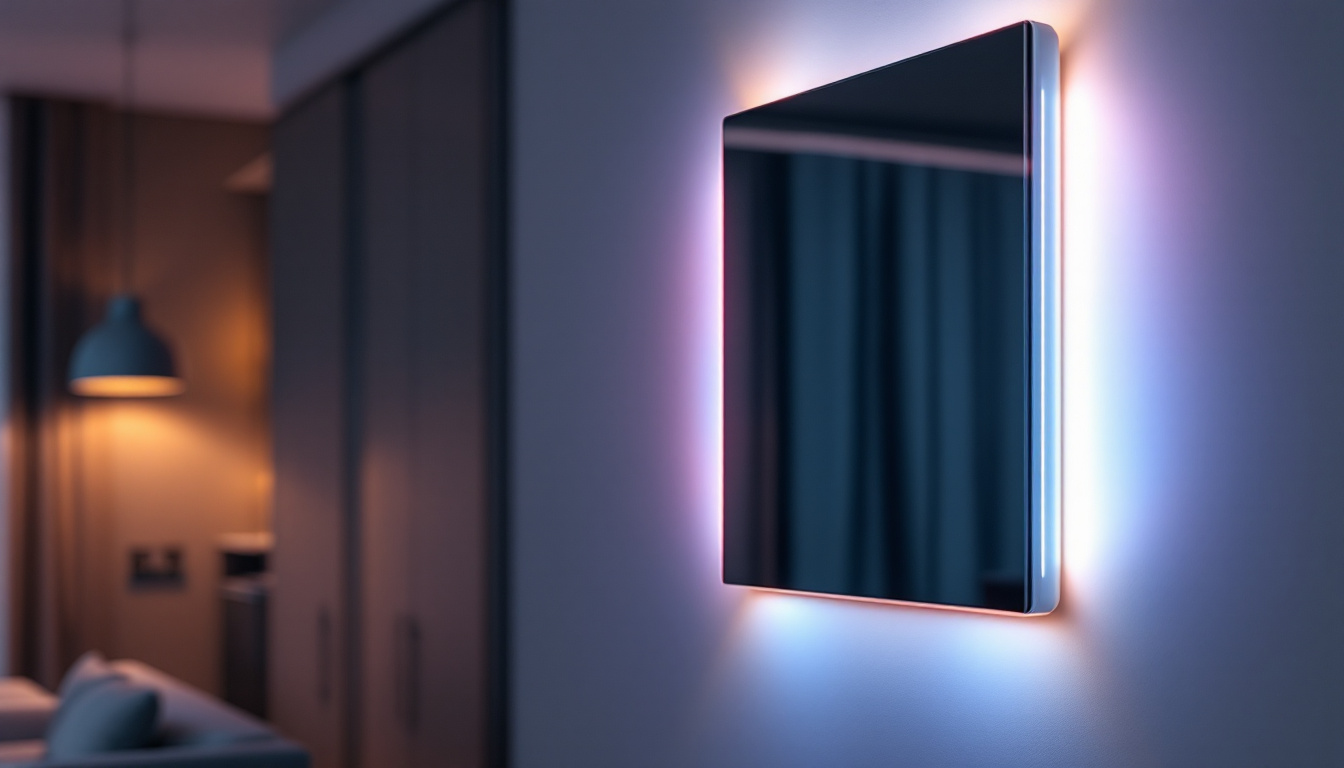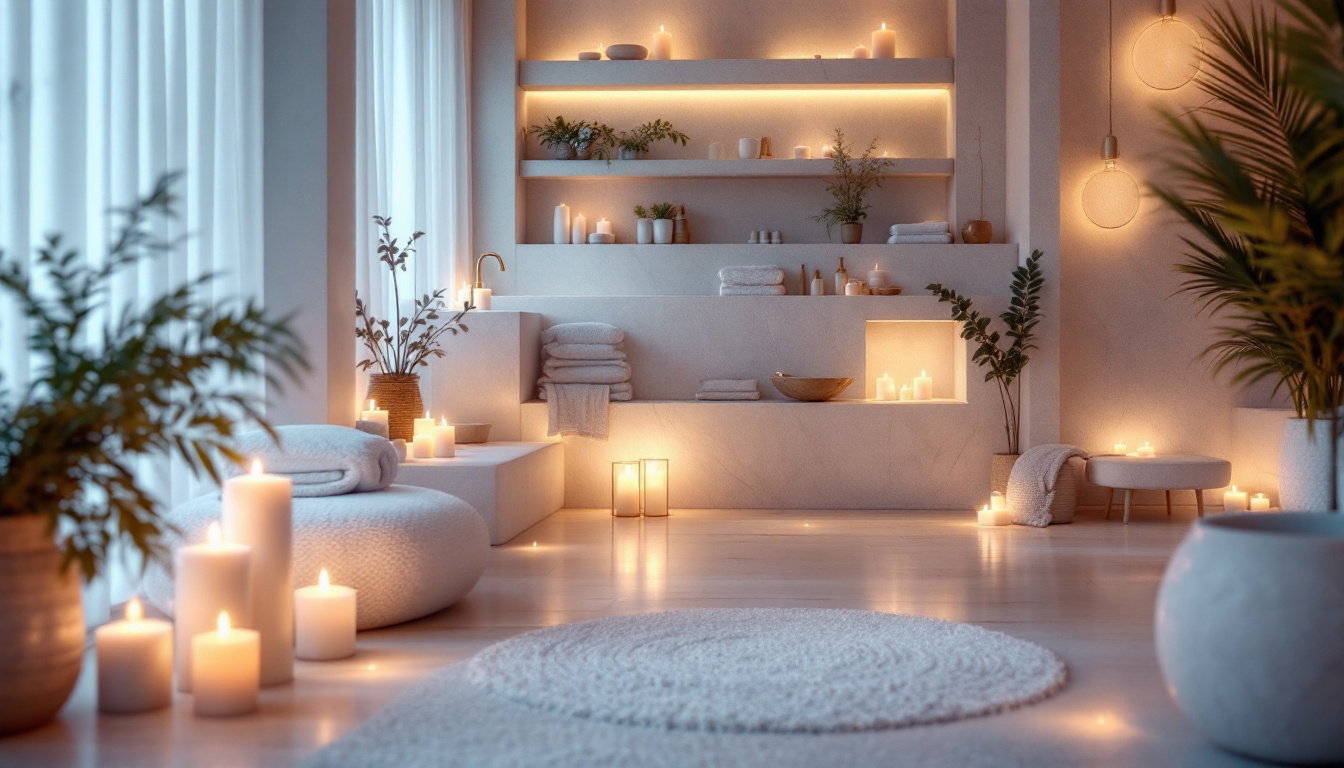
In the ever-evolving world of lighting, contractors often face a myriad of questions regarding the best practices, technologies, and products available. Among these, can light bulbs, also known as recessed lighting, have gained popularity for their versatility and aesthetic appeal. This article aims to address some of the most common questions lighting contractors encounter when dealing with can light bulbs, providing insights that can enhance both their understanding and their service offerings.
Can light bulbs are a type of recessed lighting that is installed into a hollow opening in the ceiling. They provide a sleek, unobtrusive lighting option that can be used for various applications, from general illumination to accent lighting. The design allows for a clean look, making them ideal for modern interiors.
These fixtures are typically cylindrical in shape and can accommodate different types of bulbs, including LED, incandescent, and fluorescent. The choice of bulb can significantly affect the quality of light produced, energy efficiency, and overall performance of the fixture. For instance, LED bulbs are increasingly popular due to their longevity and lower energy consumption, while incandescent bulbs can offer a warmer light that some homeowners prefer for cozy environments.
One of the primary advantages of can light bulbs is their ability to create a seamless ceiling line, which can make spaces appear larger and more open. They are particularly effective in areas with low ceilings, where traditional light fixtures might feel intrusive. This minimalist approach not only enhances the aesthetic appeal of a room but also allows for greater flexibility in furniture placement and interior design.
Additionally, can lights can be strategically placed to highlight architectural features, artwork, or specific areas within a room. This versatility makes them suitable for residential and commercial spaces alike, allowing contractors to offer tailored lighting solutions to their clients. For example, in a gallery setting, can lights can be angled to illuminate paintings without creating glare, while in a kitchen, they can provide focused lighting over countertops and workspaces. Furthermore, with the advent of smart lighting technology, can light bulbs can now be integrated into home automation systems, allowing users to adjust brightness and color temperature to suit their mood or activity, enhancing both functionality and ambiance.
When installing can light bulbs, several factors must be considered to ensure optimal performance and safety. First, the spacing between fixtures is crucial. A general rule of thumb is to space them about 4 to 6 feet apart, depending on the height of the ceiling and the desired brightness. For example, in rooms with higher ceilings, you may want to increase the distance between fixtures to avoid dark spots and ensure an even distribution of light. Additionally, consider the function of the space; areas designated for tasks, such as kitchens or home offices, may benefit from closer spacing to provide ample illumination.
Another important consideration is the type of housing used for the can lights. There are different types of housings designed for various applications, such as new construction, remodels, or shallow ceilings. Selecting the appropriate housing ensures that the installation meets local building codes and provides adequate insulation. For instance, IC-rated housings are essential in insulated ceilings to prevent heat buildup, while non-IC rated housings are suitable for use in non-insulated ceilings. Understanding these distinctions can significantly affect the longevity and safety of your lighting installation.
Proper wiring is essential for the safe operation of can light bulbs. Contractors should ensure that the electrical circuit can handle the load of the installed fixtures. It’s also crucial to use the correct gauge wire and to follow local electrical codes during installation. Overloading a circuit can lead to tripped breakers or even electrical fires, making it vital to calculate the total wattage of all fixtures on the circuit. Furthermore, using junction boxes and making secure connections can help prevent issues down the line.
Additionally, incorporating dimmer switches can enhance the functionality of can lights, allowing users to adjust the brightness according to their needs. However, it is important to ensure that the dimmer is compatible with the type of bulbs being used, especially with LED options, which may require specific dimmers to function correctly. Beyond dimmers, consider smart lighting solutions that can be controlled via mobile apps or voice commands, offering even greater flexibility in managing your lighting environment. These modern systems can also include features like scheduling and color temperature adjustments, providing a tailored lighting experience that can adapt to various activities and moods throughout the day.
Can light fixtures can accommodate a variety of bulb types, each with its own advantages. LED bulbs are becoming increasingly popular due to their energy efficiency and long lifespan. They consume significantly less energy than incandescent or fluorescent bulbs, making them a cost-effective choice in the long run.
Incandescent bulbs, while less energy-efficient, provide a warm light that many people find appealing. However, they have a shorter lifespan and higher energy costs compared to LEDs. Fluorescent bulbs are another option, offering good energy efficiency but often lacking in color rendering compared to LEDs and incandescents.
When selecting bulbs for can lights, it’s essential to consider both lumens and color temperature. Lumens measure the brightness of the bulb, and the required lumens will depend on the intended use of the space. For general illumination, a higher lumen output is typically necessary, while accent lighting may require fewer lumens.
Color temperature, measured in Kelvins, affects the ambiance of the space. Warmer temperatures (around 2700K to 3000K) create a cozy atmosphere, while cooler temperatures (4000K to 5000K) provide a more energetic feel. Understanding the desired mood of the space can guide contractors in recommending the appropriate color temperature to their clients.
Maintaining can light bulbs involves regular cleaning and occasional bulb replacement. Dust and debris can accumulate on the fixtures, affecting both the appearance and performance of the lights. Using a soft cloth or duster to clean the fixtures periodically can help maintain their brightness and aesthetic appeal.
Bulb replacement is also a key aspect of maintenance. Contractors should advise clients on the expected lifespan of the bulbs they choose and provide guidance on when to replace them. For LED bulbs, this may be several years, while incandescent bulbs may need to be replaced more frequently.
Lighting contractors may encounter several common issues with can light bulbs, including flickering, dimming, or complete failure. Flickering can often be attributed to loose connections or incompatible dimmer switches. Ensuring all connections are secure and using compatible dimmers can resolve this issue.
If a bulb dims unexpectedly, it may be due to overheating or an incompatible bulb type. Ensuring that the fixtures are rated for the specific bulbs being used and that they are not covered by insulation can help prevent overheating. In cases where bulbs fail, checking the circuit and replacing the bulb with a new one is usually the best course of action.
Can light bulbs, particularly those utilizing LED technology, are a significant step towards energy efficiency in lighting. LEDs consume up to 80% less energy than traditional incandescent bulbs, making them an environmentally friendly choice. This reduction in energy consumption not only lowers electricity bills for homeowners but also contributes to a decrease in overall carbon emissions.
Moreover, many manufacturers are now producing LED can lights that are designed to last longer and perform better, further enhancing their energy-efficient credentials. By recommending these products, contractors can help clients make informed choices that benefit both their wallets and the environment.
As sustainability becomes a priority for many consumers, lighting contractors are increasingly asked about eco-friendly options. Trends in sustainable lighting solutions include the use of smart lighting systems, which allow users to control their lighting remotely and optimize energy use.
Additionally, many manufacturers are focusing on creating products with recyclable materials and reduced environmental impact. By staying informed about these trends, contractors can position themselves as knowledgeable professionals who prioritize sustainability in their projects.
Can light bulbs are a versatile and popular choice for both residential and commercial lighting applications. Understanding the various aspects of can light bulbs, from installation considerations to energy efficiency, can empower lighting contractors to provide exceptional service to their clients.
By addressing common questions and concerns, contractors can enhance their expertise and build trust with clients. As the lighting industry continues to evolve, staying informed about new technologies and trends will ensure that contractors remain competitive and capable of delivering the best lighting solutions available.
Incorporating can light bulbs into projects not only meets the aesthetic and functional needs of clients but also aligns with a growing emphasis on energy efficiency and sustainability. As such, they represent a valuable tool in the lighting contractor’s toolkit, paving the way for innovative and effective lighting designs.
Ready to elevate your lighting projects with the best in can light bulbs and other spec-grade lighting products? Look no further than LumenWholesale. We provide contractors with exceptional quality at wholesale prices that simply can’t be beaten. Our commitment to cutting out the middleman means you enjoy superior products at prices that respect your budget. With our expansive inventory that meets rigorous industry standards, free shipping on bulk orders, and the convenience of hassle-free purchasing, LumenWholesale is your go-to source for reliable, high-performance lighting solutions. Don’t settle for less; choose the perfect blend of quality, affordability, and convenience. Wholesale Lighting at the Best Value is just a click away.

Discover how 8 inch LED can lights boost lighting project efficiency with brighter, energy-saving illumination.

Discover how the electrical wire puller tool revolutionizes lighting contractors’ projects by enhancing efficiency, reducing labor costs, and ensuring precision.

Discover how the innovative LED strip wall-mounted smart panel for CCT color temperature is revolutionizing the lighting industry.

Discover the ultimate guide to spa lighting with insights from top lighting contractors.